Note Spirit

How can mind maps be used to enhance note-taking and organization ?
Mind maps are an effective tool for organizing information, enhancing memory recall, and improving note-taking. They offer a visual representation of complex ideas, making it easier to understand and remember them. Mind maps can be used in various ways, such as organizing information, enhancing memory recall, and improving note-taking. They utilize visual associations, hierarchical structures, and flexibility to aid in understanding, remembering, and applying complex information in different contexts. Examples of using mind maps include studying, project planning, brainstorming, and taking meeting notes.

What are the benefits of using a digital tool for note-taking ?
The article discusses the advantages of using digital tools for note-taking, which include increased efficiency, improved learning and retention, environmental benefits, and collaboration opportunities. Digital notes can be taken quickly, organized easily, searched efficiently, and accessed from anywhere. They also offer visual aids, audio recordings, linking capabilities, and review options that enhance learning and retention. Additionally, digital note-taking reduces paper waste, energy consumption, and physical storage needs, contributing to a more sustainable environment. Finally, digital tools facilitate collaboration by allowing note sharing, real-time editing, version control, and feedback mechanisms. Overall, digital note-taking is an optimal choice for students, professionals, and anyone looking to optimize their note-taking experience.

What are the best iPhone apps for productivity ?
Productivity is a key aspect of modern life, and having the right tools can make all the difference. For those who use iPhones, there are numerous apps available that can help boost productivity. Some of the best ones include Evernote, Todoist, Trello, Microsoft Outlook, Notion, Google Drive, Apple Reminders, Slack, Asana, and Bear. These apps cover a wide range of needs, from task management to project collaboration to note-taking. By using these apps effectively, you can boost your productivity and achieve more in less time.
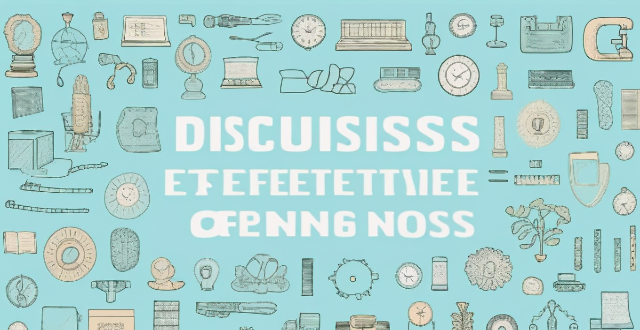
What are the most effective note-taking methods for students ?
The text discusses five effective note-taking methods for students, including the Cornell Method, Mind Mapping, Outlining, Sentence Method, and Charting. Each method has its own advantages and disadvantages, and may be more suitable for certain types of classes or subjects. The text emphasizes the importance of active learning and engagement with the material in order to retain information and review notes efficiently.

How can I improve my note-taking skills during lectures ?
Note-taking is a crucial skill for students, especially during lectures. It helps you retain information, organize your thoughts, and review the material later. Here are some tips on how to improve your note-taking skills during lectures: ## Use the Right Tools ### Choose the Right Notebook or Device - **Spiral-bound notebooks** are great for taking notes because they stay open and flat. - **Digital devices** like laptops or tablets can be useful, but make sure they don't distract you from the lecture. ### Use Appropriate Pens or Pencils - **Pens with comfortable grips** reduce hand fatigue and allow you to write for longer periods. - **Mechanical pencils** don't need to be sharpened and provide consistent line width. ## Develop Effective Techniques ### Practice Active Listening - **Focus on the speaker** and avoid distractions. - **Listen for main ideas** and key terms. ### Use Abbreviations and Symbols - **Create a list of common abbreviations** that you can use consistently. - **Use symbols** like arrows, stars, or underlines to highlight important points. ### Organize Your Notes - **Write headings and subheadings** to separate different topics. - **Use bullet points or numbered lists** to organize information. ## Review and Refine Your Notes ### Review Your Notes Soon After the Lecture - **Rewrite or type up your notes** within 24 hours to reinforce learning. - **Identify any gaps** in your understanding and seek clarification. ### Refine Your Notes Over Time - **Combine your notes with those of classmates** to get a more comprehensive understanding. - **Revise your notes** periodically to ensure they remain organized and relevant.
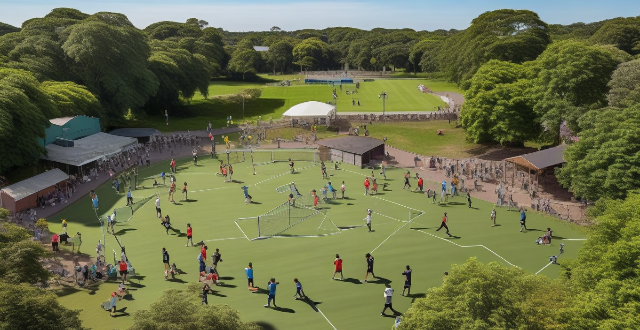
What impact does sports have on the social cohesion and community spirit in rural areas ?
The article discusses the impact of sports on social cohesion and community spirit in rural areas. Sports bring people together, promote teamwork, and create a sense of belonging that can strengthen the fabric of a community. The article explores how sports build social capital by forming friendships and encouraging civic engagement. It also highlights how sports promote teamwork and cooperation by teaching communication skills and collaboration towards a common goal. Finally, the article emphasizes how sports create a sense of belonging within a community by supporting local teams and participating in community events. Overall, sports have a significant impact on rural communities and contribute to their overall well-being.

In what ways do Olympic Games foster a spirit of unity and peace among participants ?
The Olympic Games are a platform for unity and peace, promoting mutual respect among athletes, encouraging cultural exchange, and celebrating human achievements. The principles of the Olympic Movement foster a positive environment within the Games and inspire individuals to embrace diversity and strive for excellence in their lives.

What are some effective treatments for sports injuries ?
Effective Treatments for Sports Injuries: Rest, Ice, Compression, Elevation, Medication, and Rehabilitation Exercises.

What are some creative ways to make studying from notes more engaging ?
The article discusses various strategies to make note-based learning more engaging and effective. The suggested approaches include interactive notebooks, active review techniques, digital integration, engaging activities, and regular revision schedules. Interactive notebooks involve color coding, diagrams, and margin notes for visual appeal and memory retention. Active review techniques such as teach it back, flashcards, and summarization help in understanding and recalling concepts better. Digital integration tools like note-taking apps, Quizlet, and online collaboration platforms aid in organizing and sharing notes. Engaging activities like role-playing, debates, and gamification elements promote kinesthetic learning and discussions. Regular revision schedules with spaced repetition, review tracking, and reflection time ensure long-term memory retention. By incorporating these strategies, studying from notes becomes a dynamic and engaging process that enhances both understanding and retention of the material.
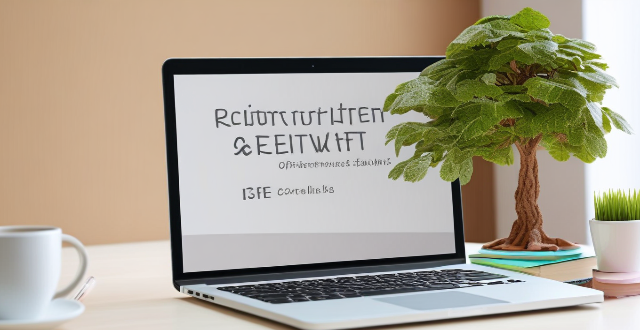
Can you recommend any effective study apps ?
The text provides a topic summary of effective study apps that can help students stay organized, focused, and motivated. The apps include Quizlet, Forest, Evernote, Khan Academy, and Duolingo. Quizlet is a flashcard app with various modes of studying including flashcards, practice tests, and games. Forest helps users stay focused by planting virtual trees while studying. Evernote is a note-taking app that allows users to organize their notes into notebooks and folders. Khan Academy is a free online learning platform that offers video lessons and exercises on a wide range of subjects. Duolingo is a language learning app that uses gamification techniques to keep users engaged and motivated. The text concludes by encouraging readers to try these apps and see which ones work best for them.

How do mind maps aid in studying and retaining information ?
Mind maps are a visual tool that aids in studying and retaining information by improving organization, enhancing creativity, promoting active learning, and facilitating recall. They provide a logical structure for organizing thoughts and connecting ideas, making complex information more accessible. Mind maps also encourage brainstorming and experimentation, leading to better learning outcomes. Additionally, they promote deeper learning through active participation and reflection on understanding. Finally, mind maps facilitate recall by providing visual cues and breaking down information into manageable chunks. Incorporating mind maps into your study routine can boost academic performance and achieve better results in your studies.
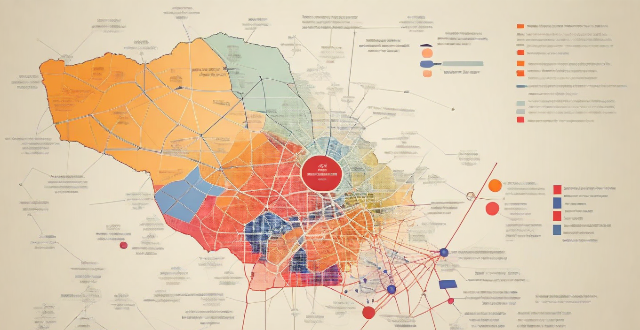
How can mind maps help in revising large amounts of information ?
Mind maps are a useful tool for organizing and revising large amounts of information. By visualizing complex information, identifying key themes and relationships, organizing thoughts, improving memory retention, and facilitating creative thinking, mind maps can help learners better understand and retain information. To use mind maps effectively, choose a central idea or theme, create branches for subtopics, add details and examples, connect related ideas, review and refine the map, and use it as a study tool.

How do I master the art of shaken versus stirred cocktails ?
Mastering the Art of Shaken versus Stirred Cocktails Understanding the Differences: - Shaken cocktails are typically frothier, due to aeration and dilution from ice. - Stirred cocktails preserve clarity and strength, ideal for spirit-forward drinks. Choosing the Right Tools: - Cocktail shakers (Boston or cobbler), jigger, bar spoon, and Hawthorne strainer are essential. Perfecting Your Technique: Shaking involves measuring ingredients, adding ice, shaking vigorously, and straining. Stirring involves similar steps but with gentle stirring in a mixing glass and using a julep strainer. Practical Tips: - Consider desired dilution and temperature when choosing preparation method. - Experimentation through taste testing and recipe adjustment is key to finding preferences.
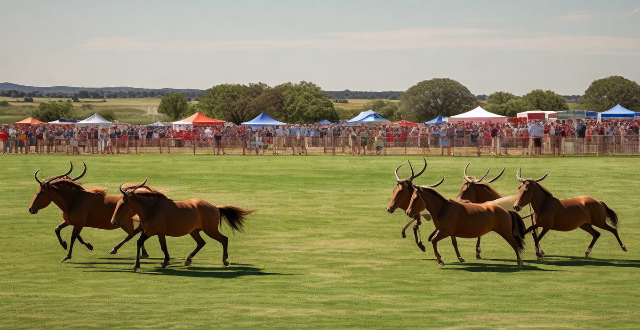
How do national sports teams represent their country's image on the international stage ?
National sports teams play a crucial role in representing their country's image on the international stage. They are seen as ambassadors of their nation, showcasing values, culture, and spirit through their performances and behavior. Athletes inspire national pride and promote cultural exchange, uphold ethical standards, and embody national spirit. Successful performances enhance prestige, while handling setbacks with grace demonstrates resilience. Supporting national sports teams fosters national identity and pride globally.

In what ways can mind mapping help with project management and planning ?
Mind mapping is a valuable tool for project management and planning, offering benefits such as clarifying objectives, enhancing brainstorming sessions, facilitating task breakdown, tracking progress, managing risks, and improving communication. By providing a visual representation of information, mind maps enable clearer understanding and more effective collaboration among team members, ultimately contributing to the success of projects.

How do sports events like the Olympics contribute to global integration and peacebuilding efforts ?
The role of sports events in global integration and peacebuilding is significant. These events, like the Olympics, serve as platforms for cultural exchange, enhancing international relations, increasing global awareness, promoting peace efforts, and contributing to economic impact and development. Through friendly competition and camaraderie, these events foster a sense of unity and mutual understanding that transcends cultural, political, and economic boundaries. They provide a unique opportunity for the world to come together in a spirit of friendly competition, setting aside differences to celebrate the human spirit of perseverance and achievement. By fostering an environment of mutual respect and understanding, sports events play a crucial role in building a more integrated and peaceful global community.
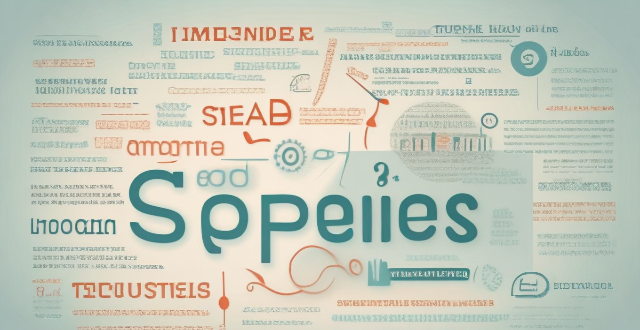
Do yoga poses have different effects on the body and mind ?
Yoga poses have different effects on the body and mind, including improved flexibility, strength, balance, stress reduction, concentration, and emotional release. Incorporating a variety of poses into your practice can help you achieve specific goals and transform your body and mind.

What are the benefits of using mind maps in education ?
Mind maps are a valuable tool in education, offering benefits such as enhanced learning and retention, promotion of creative thinking, improved organizational skills, facilitated collaboration, and encouragement of active learning. They cater to visual learners, aid in brainstorming and idea generation, help with information hierarchy and time management, are useful for group work and communication, and increase student engagement and self-assessment. Incorporating mind maps into teaching strategies can create a more effective and engaging learning environment.

What is the impact of cheating on the integrity of sports competitions ?
Cheating in sports competitions has a profound impact on the integrity of the games. It undermines the fairness and equality that are fundamental to the spirit of competition. The various ways in which cheating affects the integrity of sports competitions include loss of trust and credibility, unfair advantage for cheating athletes or teams, harm to clean athletes, negative impact on young athletes, and damage to the reputation of the sport. To preserve the spirit of competition and ensure fair play, it is crucial for sports organizations, athletes, coaches, and fans to work together to prevent and address cheating in sports competitions.
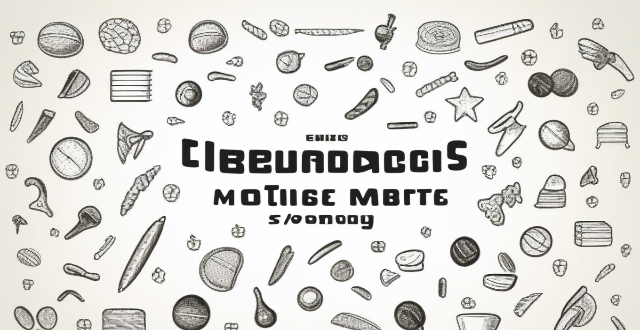
What is the significance of mascots and team logos in sports culture and art ?
This text discusses the role and importance of mascots and team logos in sports culture and art. It explains different types of mascots, their significance in promoting identity and pride among fans and players, as well as their ability to influence game outcomes. The text also explores the elements of team logos such as colors, shapes, and text, highlighting their role in brand recognition and revenue generation. Overall, it emphasizes how these symbols contribute to a unique sporting atmosphere and promote team spirit among fans.

How can fans help promote fair play and sportsmanship at sporting events ?
Fair play and sportsmanship are essential values in the world of sports. Fans can promote these values by showing respect for all participants, encouraging team spirit and camaraderie, and avoiding negative behaviors. By doing so, fans can create a positive atmosphere that enhances the overall enjoyment of sporting events for everyone involved.

How do successful sports leaders motivate their team members ?
Successful sports leaders motivate their teams through clear objectives, positive reinforcement, encouragement, leading by example, communication, building team spirit, continuous development, resilience, and celebrating achievements.

How do sports events promote social interaction and community building ?
Sports events play a significant role in promoting social interaction and community building. They bring people together, foster a sense of belonging, and create opportunities for individuals to connect with one another. This is achieved through encouraging participation, building community spirit, providing entertainment and recreation, facilitating networking opportunities, and enhancing diversity and inclusion. By bringing people together around a shared passion for sports, these events create lasting connections and positive experiences that extend far beyond the playing field.
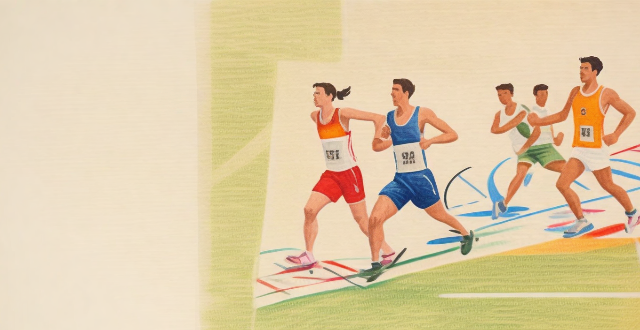
What are some examples of sports events that have promoted international peace ?
This article discusses the role of sports events in promoting international peace and understanding. It highlights the Olympic Games and the FIFA World Cup as two major sporting events that have brought together athletes from around the world to compete in a spirit of friendship, solidarity, and fair play. The article also mentions other events like the Peace and Sport Forum, the United Nations Office on Sport for Development and Peace (UNOSDP), and the Commonwealth Games, which serve as platforms for cultural exchange and diplomacy between participating countries. Overall, the article emphasizes the importance of using sport as a tool for promoting peace and building bridges between nations.

What are some famous examples of sports-inspired art ?
Sports have been a significant source of inspiration for artists, resulting in various forms of art that capture the essence of athleticism and competition. Notable examples include Rubens' "The Chariot Race," Degas' "Olympia" series, Neiman's painting of the Muhammad Ali vs. George Foreman match, Sennwald's photographic series on Wilt Chamberlain, Banksy's Tour de France-inspired graffiti, Goya's "The Boxer," Darnell's oil paintings of Michael Jordan, Orzechowski's watercolors of female Olympians, Djordjevic's abstract sculpture of speed skaters, and Botero's soccer player sculptures and paintings. These works showcase the dynamic nature of sports and the human spirit through various artistic styles and mediums.

What are some tips for balancing sweet and sour flavors in cocktails ?
"Balancing Sweet and Sour Flavors in Cocktails: Tips and Tricks for Crafting Perfect Drinks"

What is the atmosphere like at an idol concert ?
Attending an idol concert is an experience that is often filled with excitement, energy, and a sense of community. The atmosphere at these events varies depending on the artist, venue, and fans in attendance, but there are some common elements that make up the overall vibe. These include electric energy, high-octane performances, lighting and visual effects, fan interaction through call-and-response segments and fanchants, as well as a strong sense of community spirit among attendees. Many fans also choose to express their love for their favorite idol by dressing up as them or wearing clothes inspired by their style. Overall, attending an idol concert is an immersive experience that celebrates the power of music and the bond between artists and their fans.